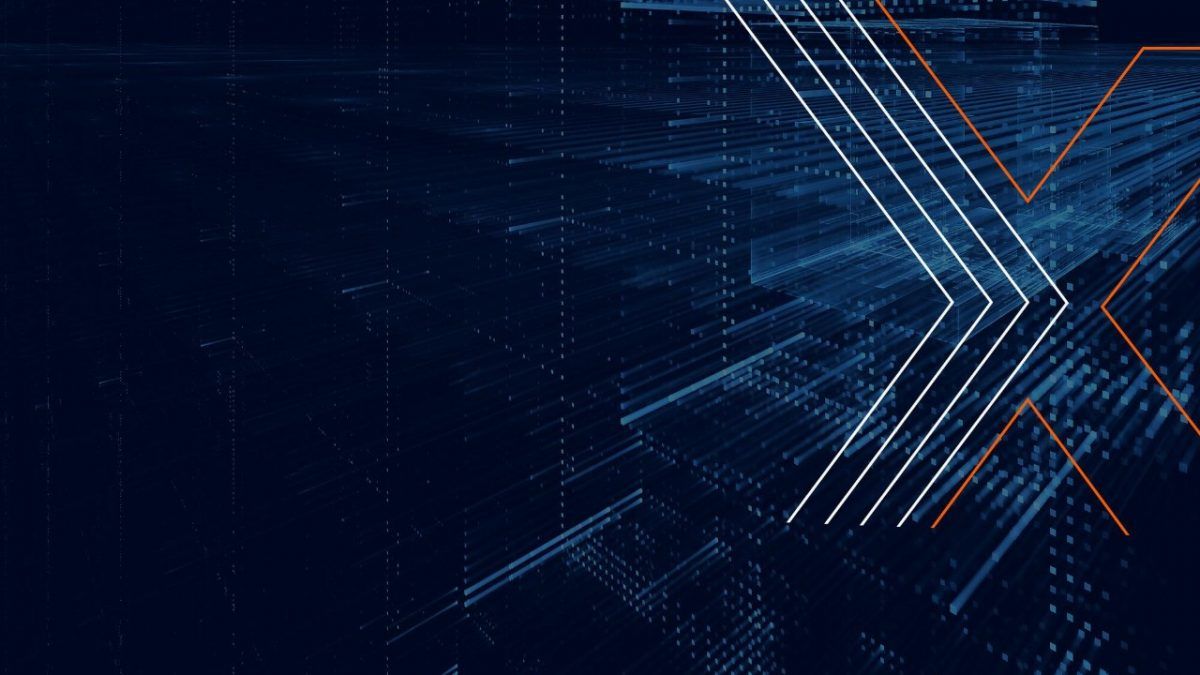
Payments Ecosystem
Innovation and Insights
2023-2024
Level 2 and Level 3 Processing
In today's fast-paced digital world, accepting credit and debit card payments is essential for businesses to stay competitive. However, payment processing fees can quickly add up, making it important to find ways to reduce these costs. In this article, we will discuss how Level 2 and Level 3 (L2/L3) processing can help reduce payment processing fees for certain types of merchants. We will cover the following topics:
- Understanding Interchange Fees
- Defining Level 2 and Level 3 Processing
- Reducing Rates with L2/L3 Processing
- Qualifying for L2/L3 Processing
- Card Network Participation
- Potential Savings
Understanding Interchange Fees
Interchange refers to the fees charged by major card brands and payment processors for all card transactions. The fees vary depending on the card type, transaction amount, and other factors. Interchange fees are typically the largest component of payment processing fees. By reducing these fees, businesses can significantly reduce their payment processing costs.
Defining Level 2 and Level 3 Processing
The level of card data passed from the merchant to the payment processor at the time of purchase determines the processing level. Level 1 is the default processing level and includes standard information required to complete a transaction such as the card number, expiration date, billing address, zip code, and transaction amount. However, Level 2 and Level 3 processing require additional information to qualify for lower fees.
Level 2 processing requires the inclusion of additional information such as the VAR or sales tax amount and customer reference number. Meanwhile, Level 3 processing requires even more data, including all the information from Level 1 and Level 2, as well as a discount amount, shipping amount, customs duty amount, and itemized values for one or more of the following: discount amount, description, quantity, commodity code, merchant product code, cost per unit, VAT/sales tax, and unit of measure.
Reducing Rates with L2/L3 Processing
By providing additional information through L2/L3 processing, businesses can minimize the risk of chargebacks and fraud, making it more challenging for fraudsters to use stolen credit card information. Moreover, the added information helps the cardholder recognize the merchant and recall transactions that they may have forgotten, resulting in lower interchange fees. Qualifying for L2/L3 Processing Although L2/L3 processing can lower payment processing fees, not every business or transaction qualifies for this service. L2/L3 processing is only available for business-to-business (B2B) transactions and government purchases. Additionally, only corporate, business, or purchase cards are eligible. Although most B2B companies can qualify for L2/L3 processing, some merchant categories are ineligible due to their high-risk nature. Furthermore, the additional data required for L2/L3 processing can create more friction during the purchase process for customers.
Card Network Participation
Different card brands have varying levels of participation in L2/L3 processing. For example, while Visa and Mastercard support Level 2 and Level 3 processing, American Express only supports Level 2. Currently, Discover does not support either option. Additionally, not all payment gateways support L2/L3 processing.
Potential Savings
The amount of savings from L2/L3 processing will vary depending on your business and the transactions made. However, as L2/L3 processing can reduce interchange fees, it can have a significant impact on your bottom line. For example, a business that processes $1 million in B2B transactions at a 2.5% interchange rate can save up to $25,000 per year by using L2/L3 processing.
Conclusion: In conclusion, L2/L3 processing offers a way for businesses to reduce payment processing fees, which can result in significant cost savings. By providing additional data, businesses can lower the risk of chargebacks and fraud, while also improving the customer experience. Although not all businesses will qualify for L2/L3 processing, it's worth exploring to see if your business is eligible. This is especially important for businesses that process a high volume of B2B transactions, as the potential cost savings can be significant. As the fintech industry continues to evolve, innovative solutions like L2/L3 processing are becoming more important than ever. By adopting new technologies and strategies, businesses can stay ahead of the curve and remain competitive in today's digital marketplace. If you're interested in learning more about L2/L3 processing or other innovative payment processing solutions, please contact us at SwiftXccess to speak with one of our experts. We're here to help you navigate the complex world of payment processing and find the solutions that work best for your business.
Creating Endless Possibilities
Innovation & Insight


